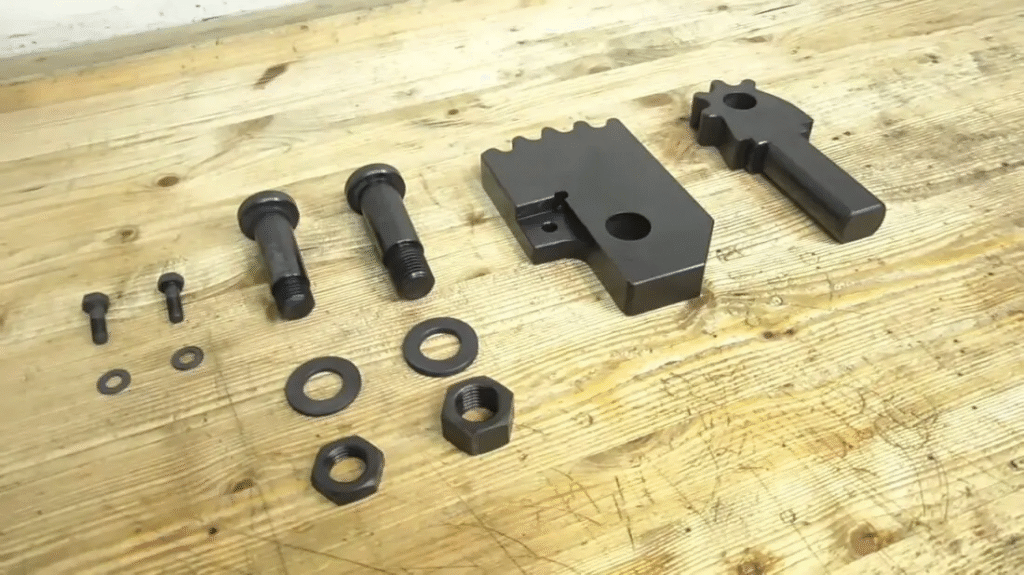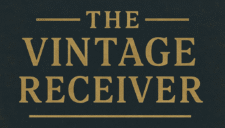Category: Craft & Culture
When it comes to preserving, restoring, or refinishing classic firearms, few processes are as iconic—or misunderstood—as bluing. It’s a process that protects steel from corrosion while giving it that telltale deep, dark finish. But not all bluing is created equal.
Today we’re breaking down the two most common methods: cold bluing and hot bluing. Whether you’re restoring an heirloom rifle or finishing a home-built pistol, the choice you make here affects everything from durability to authenticity.
What Is Bluing, Anyway?
Bluing is a controlled oxidation process that creates a magnetite (Fe₃O₄) layer on the surface of steel. Unlike paint or coatings, this layer chemically bonds with the metal. It slows rust and gives that deep blue-black sheen we associate with finely finished arms.
Cold Bluing: Quick and Accessible
Cold bluing uses a chemical solution applied at room temperature. Most cold blue formulas contain selenium dioxide or similar agents that darken steel upon contact.
- Pros:
- Inexpensive and widely available (Birchwood Casey, Brownells, etc.)
- Can be applied by hand—no special tools required
- Great for spot touch-ups and minor rust repairs
- Cons:
- Wears off quickly, especially on high-contact surfaces
- Tends to streak or blotch if surface isn’t perfectly prepped
- Less corrosion-resistant than other methods
- Best For: Field repairs, testing finishes, restoring small patches of color

Hot Bluing: The Gunsmith’s Standard
Hot caustic bluing is the method used by most commercial manufacturers and experienced gunsmiths. It involves immersing parts in a heated bath of salts—usually sodium hydroxide and nitrates—at around 275–310°F.
- Pros:
- Durable, even finish across entire firearm
- High resistance to moisture and wear
- Classic deep black-blue look
- Cons:
- Requires strict temperature control and chemical safety
- Not suitable for some small parts, springs, or soft soldered joints
- Requires complete disassembly and polishing beforehand
- Best For: Full restorations, factory-quality refinish jobs, high-wear firearms

Historical and Practical Notes
- Most military rifles from WWII onward were hot blued or parkerized
- Pre-WWI sporting rifles may have been rust blued (a third, slower method)
- Cold bluing became popular with the rise of DIY kits in the 20th century

Bluing Comparison Table
| Feature | Cold Bluing | Hot Bluing |
|---|---|---|
| Application Temp | Room temperature | ~300°F |
| Durability | Low–Moderate | High |
| Finish Consistency | Uneven if untrained | Even and glossy |
| Skill Required | Low | High (or professional) |
| Equipment Cost | Less than $20 | High |
Final Thoughts
Bluing is part of what makes a classic firearm feel complete. Done well, it doesn’t just protect—it speaks to the era, the hands that shaped it, and the care given over time.
Whichever method you choose, take your time. Prep the surface. Respect the metal. A well-blued gun doesn’t shout—it whispers legacy.

